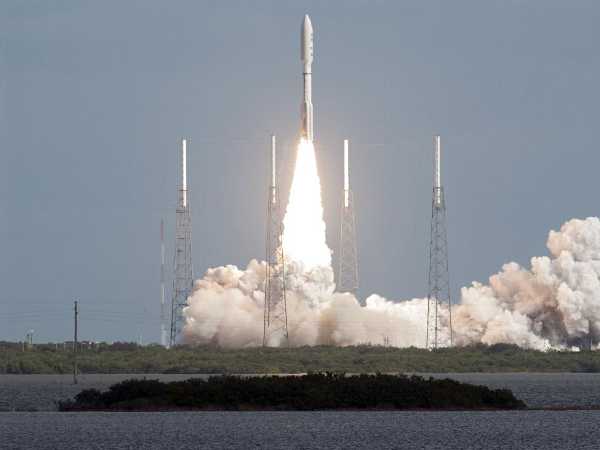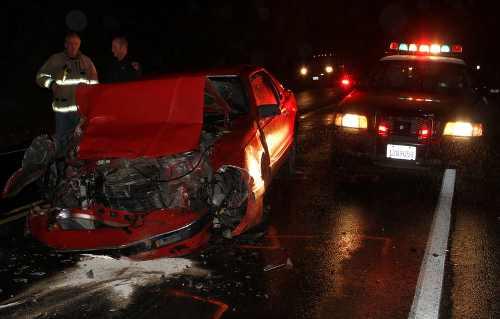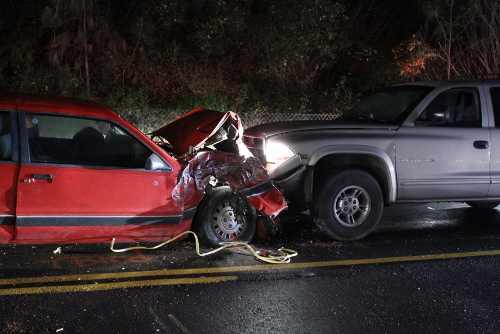The dismal failure by the congressional “super committee” to deal with the nation’s debt crisis leaves the Department of Defense facing automatic $55-billion-a-year spending cuts from 2013 through 2021.
This is in addition to defense cuts of near-equal size already planned across the same decade.
President Barack Obama promised before Thanksgiving to veto any attempt to block the automatic cuts unless Republicans agree to replace them with a “balanced” debt reduction package, one that includes tax increases on the wealthy and closing of corporate loopholes as well as Democrat concessions to curb popular federal entitlement programs.
With most Republicans having pledged to a powerful lobbyist, Grover Norquist and his Americans for Tax Reform group, not to allow tax increases of any kind, military associations fear pay and benefits are in the crosshairs of both parties, particularly the TRICARE health program for military retirees.
It is against this backdrop of threats to current benefits that gays and lesbians in uniform have begun to press for benefit equality.
Advocates are lobbying the department for regulation changes, filing challenges in federal court and pressing Congress to repeal the 1996 Defense of Marriage Act which prohibits extension of federal benefits, including military allowances, travel costs and health care, to spouses in same-sex marriages.
Military gays and lesbians have been able to serve openly since September 20 when repeal of the “Don’t Ask, Don’t Tell” law took effect.
A social research center at UCLA, the Miller Institute, estimates that 66,000 homosexuals serve on active duty and the National Guard and Reserve.
Defense officials recently released a list of 14 military benefit programs that allow service members to designate “beneficiaries of their choosing, regardless of sexual orientation.”
These include: Service Members Group Life Insurance; Veterans' Group Life Insurance; Post Vietnam-era Veterans Assistance Program; the All-volunteer Force Educational Assistance Program (active duty death benefit); military death gratuity; final settlement of accounts; wounded warrior designated caregiver; thrift savings plan; casualty notification; escort for dependents of deceased or missing; designation as “person having interest in status of a missing member; persons eligible to receive effects of deceased persons; and travel allowance to attend Yellow Ribbon Reintegration events.
And, under the military’s Survivor Benefits Plan, members can designate anyone to be a beneficiary under an “insurable interest” category of SBP. For such coverage, retirees pay a monthly premium equal to 10 percent of covered retired pay versus 6.5 percent for spousal coverage.
Same sex partners, even if armed with a marriage license from a state that recognizes homosexual unions, remain ineligible for spousal SBP.
Zeke Stokes, communications director for Servicemembers Legal Defense Network, a gay and lesbian advocacy group, said the list is a helpful resource.
But every program listed was available to gay members before repeal of Don’t Ask, Don’t Tell, even if many hesitated to list same-sex partners for these programs or notifications for fear of revealing too much while DADT was in effect.
Eileen Lainez, a Defense Department spokeswoman, said officials continue “a careful and deliberate review” of programs with an eye toward revising eligibility for additional benefits “if legally permitted.”
The day before the list was released, the Servicemembers Legal Defense Network filed a lawsuit in federal court in Boston on behalf of six married homosexual couples on active duty or two who are retired seeking full military benefits.
The lawsuit challenges the constitutionality of the Defense of Marriage Act and other statutes that prohibit same-sex married couples from getting all benefits and family support that straight couples get.
Benefits illegally denied, the suit contends, include housing, health care, full survivor benefits, identification cards, and access to base stores as well as other morale, welfare and recreation programs.
“If one of our plaintiffs deployed and died in combat, the same level of survivor benefits that accrue naturally to a spouse would not accrue to their spouse because they are not recognized by the federal government,” said Stokes.
Alexander Nicholson, executive director of Servicemembers United, the largest organization of gay and lesbian troops and veterans, said DoD doesn’t have to wait for courts or Congress to extend more benefits to gay and lesbian members.
For example, the law allows base shopping and ID cards for military “dependents.” DoD through regulation simply could broaden the definition of dependent to include same-sex spouses.
Defense officials said these issues are, in fact, being studied.
The services are getting a lot of questions from gay members on benefits, particularly access to health care and base facilities such as commissaries, exchanges, housing and education services. Members are encouraged to direct these questions to their personnel office.
A DoD Web site with general information is:www.defense.gov/dadt_repeal.
Support groups are strengthening. One Nicolson helped to launch is American Military Partners Association at: www.militarypartners.org.
Believing the Defense of Marriage Act (DOMA) to be unconstitutional, President Obama’s Justice Department announced in February that the department no longer would defend the law in federal court.
That has left opponents of gay marriage, including the Family Research Council (www.frc.org) looking toward the Republican-led House of Representatives to provide attorneys to defend DOMA against the new lawsuit.
Nicholson said that, besides the benefits disparity, gay service members have reported very few problems so far with repeal of DADT.
“We haven’t hear many complaints at all,” he said.
Gay members who have revealed their status to peers, subordinates or commanders “are really expressing a lot of surprise at how well they are received,” Nicholson said.
“Certainly not everybody is coming out. People are making judgments based on their environment and surroundings. It’s an individual judgment call, but it’s just like any other conservative workplace,” he said.
To comment, email This email address is being protected from spambots. You need JavaScript enabled to view it., write to Military Update, P.O. Box 231111, Centreville, VA, 20120-1111 or visit: www.militaryupdate.com.
Follow Lake County News on Twitter at http://twitter.com/LakeCoNews, on Tumblr at www.lakeconews.tumblr.com, on Facebook at www.facebook.com/pages/Lake-County-News/143156775604?ref=mf and on YouTube at www.youtube.com/user/LakeCoNews .

 How to resolve AdBlock issue?
How to resolve AdBlock issue? 










